SLOKIN - Geokinematic model of the territory of Slovenia

Content
Slovenia and its surroundings lie at the convergent interface of two lithospheric plates, the Adriatic Microplate and the Eurasian Plate, which have been moving towards each other at a speed of a few millimetres per year over the last 10 million years. The collision between the two plates is the driving force behind the tectonic processes in the region that have led to the formation of the Alpine and Dinaric orogens at the plate boundary. Globally, the current deformation rates in Slovenia are relatively low, but the active tectonic processes are still ongoing and are the cause of significant seismic activity on the territory of Slovenia, which is one of the most earthquake-prone countries in the EU. In the last 500 years alone, the area has been hit by a large number of earthquakes that have had major effects on society and infrastructure.
Active tectonic processes also cause perceptible surface deformations resulting from the movement and rotation of blocks along faults, folds and other tectonic movements such as the accumulation of elastic deformations. Typically, tectonic movements are very unevenly distributed over the area and spatially linked to the position, geometry and orientation of tectonic structures. In addition, the movements are temporally conditioned by centennial and millennial cycles of accumulation and release of stresses along seismically active tectonic structures. The rates of active tectonic deformation are large enough to be measured using modern geodetic methods.
This also means that the coordinates of points on the Earth's surface determined by geodetic measurements are not constant, but change over time. Our previous research has shown that the geodetic reference points in Slovenia move at a relative speed of up to 7 mm/year. As a result, the reference points used 20 years ago to define the national reference coordinate system may currently be shifted by up to 15 cm relative to a stable Eurasia.
Modelling this movement is complicated because the movements are very inhomogeneous - the direction and magnitude of the movements vary from point to point. It is therefore obvious that without the introduction of a geokinematic model that accurately represents the changes in coordinates over time, the national coordinate system cannot be realised in a quality that meets the current and future requirements for the accuracy of point positioning in national and global coordinate systems. The continuous digital transformation of society and the emergence of future technologies, from autonomous vehicles to smart cities, will require coordinate accuracy in the centimetre range, both in the horizontal and in the height realisation of the national coordinate system. This will be impossible to achieve with the current static reference frame, which is significantly affected by permanent tectonic movements.
The temporal changes of the coordinates form the basis for the regional geokinematic model. The estimation of geodetic point displacements obtained from repeated and continuous geodetic measurements and their rigorous processing are key for reliable modelling of the temporal variability of spatial geometry.
The research area represents an ideal natural laboratory on a global scale to study the processes of active tectonics and the geodynamic influence on the stability of the geodetic reference coordinate system. The existing network of geodetic points on the territory of Slovenia is one of the densest GNSS geodynamic networks in Europe and in the world. For a large part of the grid points we have a time series of GNSS measurement campaigns of more than 15 years, which are supplemented by data from more than 40 permanent GNSS stations evenly distributed over the area under consideration. The picture of the geotectonic evolution of the Slovenian territory in terms of elevation can be complemented by the calculation of the vertical displacements of the grid points of the high-precision Slovenian Nivelman grid based on repeated measurements of the last 50 years as well as gravimetric measurements. Satellite radar images were also used to observe the movement of the Earth's surface. The movements were determined by radar interferometry with permanent scatterers (PSInSAR). The results were compared with other measurements and, if they were sufficiently consistent, included in the final geokinematic model.
